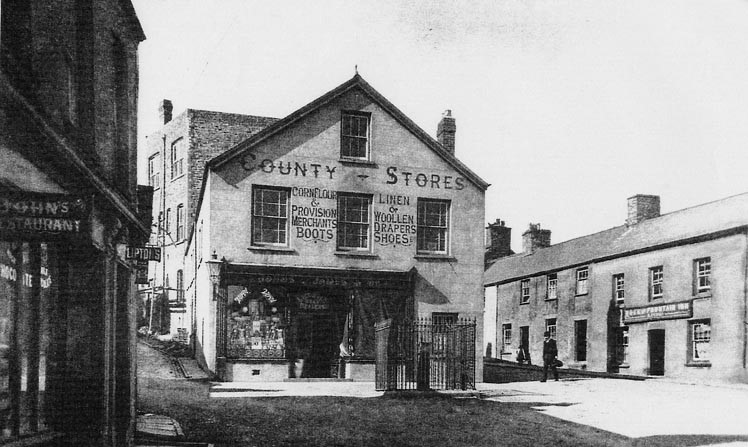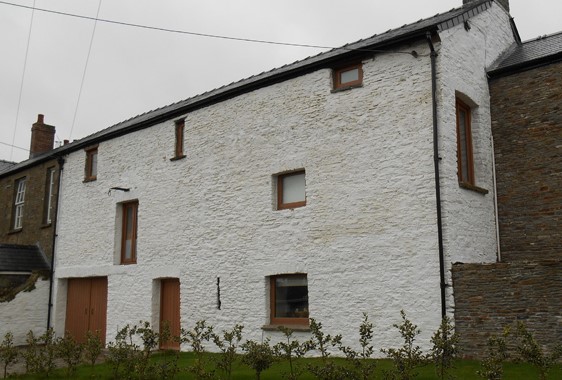
The Bull Ring was the central square of the old town and home to one of the bloodiest of sports.
Bulls were tied by their noses to a circle of iron inset into a large stone usually on fair and market days.
Local farmers would use their breed of white terrier to try and catch the bull’s tongue and the dog that lasted the longest hanging from the beast’s mouth, won.
Bulls often broke loose, and there are accounts of people scrambling to the roofs of their cottages to escape. Resident Thomas Rees remembered that at one point there were five public houses overlooking the Bull Ring in The Star, White Hart, White Horse, Bear and Irish Harp alone.
The tiles of the houses surrounding the Bull Ring were formed to reach nearly to the ground and sloped in such a position that a person could get to safety. The whole surroundings resembling an amphitheatre.
At one baiting the bull got his horns under a dog and tossed it in the air. An old shoemaker, James Morgan of a former blacksmith’s shop Heol y Sarn near The Bear Inn and known as Siamsy Crydd allegedly ran forward and outstretched his leather apron to catch the dog and save its life! The bull also allegedly charged at is wife Jennet and she was so shocked that she died in premature labour.
The Llantrisant Corporation books illustrates a number of presentments from the 18th century relating to the sport. In 1770 it stated that “The jury present of the Corporation is deficient of a Head rope for bull baiting". Another in 1777: “Roger Jones lately lent a rope to bait a bull…and that the said rope has been broke. We therefore think proper that the Portreeve ought to pay the said Roger Jones for the rope out of public stock of money and likewise, we desire that the collar used in bull baiting may be repaired.”
In 1827 the Corporation disallowed bull baiting to continue because it was encouraging unruly crowds.
Will Hope in in his celebrated song, Tarw Maescadlawr wrote: “Fair Mary Thomas when she found The frenzied beast thus raging round, And tossing all that were a nigh, Screamed loudly out, Fly, Peggie, I. Soon as the word escaped her lips, To Pedair Erw Peggy slips, As flies the deer from huntsmen dread, To Coed y Park she swiftly sped."
When bull baiting was removed the stone and ring were taken to the Common and left near Cefn Mabley, hence the naming of the nearby farm of Bull Ring.






